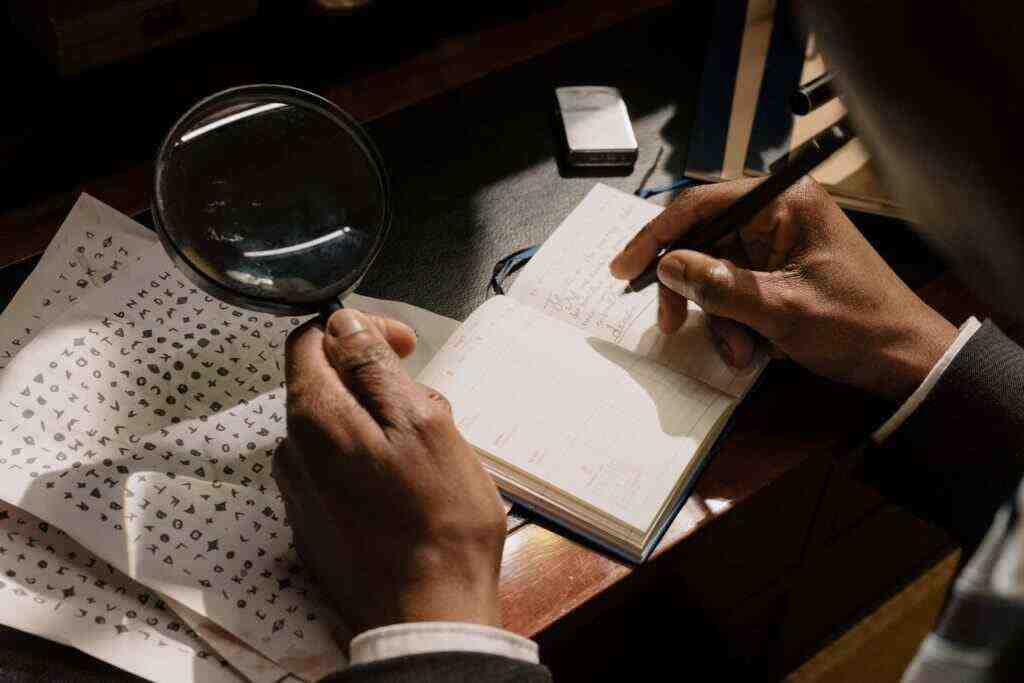Deciphering the Enigma: Unraveling the Mysteries of “What Is”
An Existential Exploration into the Profound Question of Being
Since the dawn of consciousness, humans have pondered the enigmatic question, “What is?” This fundamental inquiry has sparked philosophical debates, scientific investigations, and artistic expressions throughout history. As we embark on a journey to unravel the mysteries of “what is,” we will explore the depths of existence, delving into the nature of reality, consciousness, and the universe itself.
The Philosophical Quest for Understanding
From ancient Greek philosophers like Plato and Aristotle to modern thinkers like Descartes and Heidegger, the question of “what is” has been a central theme in philosophical discourse. Plato’s theory of Forms posits that there is a realm of perfect and eternal Forms, of which the objects we perceive in the physical world are mere shadows. Aristotle, on the other hand, argued that reality is composed of substances and their properties, with each substance having a unique essence that defines its identity.
In the 17th century, René Descartes famously declared, “I think, therefore I am.” This statement encapsulates the idea that consciousness is the foundation of existence. Descartes argued that the act of thinking proves the existence of the thinker, establishing the indubitable truth of one’s own existence. However, this assertion raises further questions: What is the nature of consciousness? How does it interact with the physical world?
In the 20th century, existentialist philosophers such as Jean-Paul Sartre and Albert Camus explored the question of “what is” from a deeply personal perspective. They argued that existence precedes essence, meaning that we come into the world without any inherent purpose or meaning. It is up to each individual to create meaning and value in their own lives through their actions and choices.
The Scientific Endeavor to Uncover Truth
While philosophers have grappled with the question of “what is” from a conceptual standpoint, scientists have sought answers through empirical observation and experimentation. From the groundbreaking work of Isaac Newton in the 17th century to the discoveries of modern physics, science has provided us with a deeper understanding of the physical world and its laws.
Newton’s laws of motion and gravitation revolutionized our understanding of the universe, describing the behavior of objects in a mathematical framework. In the 20th century, Albert Einstein’s theory of relativity challenged our notions of space, time, and gravity, revealing the interconnectedness of the universe and the profound implications of relativity.
In the realm of quantum mechanics, scientists have delved into the enigmatic world of subatomic particles, uncovering strange and counterintuitive phenomena that challenge our classical understanding of reality. The behavior of particles at the quantum level has led to new insights into the nature of matter, energy, and the fundamental constituents of the universe.
The Artistic Expression of Being
Throughout history, artists have used their creative talents to explore the question of “what is” in their own unique ways. From the evocative paintings of Vincent van Gogh to the haunting music of Igor Stravinsky, art has served as a powerful medium for expressing the ineffable and illuminating the depths of human experience.
In literature, writers have crafted intricate narratives that delve into the complexities of existence, exploring themes of identity, purpose, and the meaning of life. From the existentialist novels of Fyodor Dostoevsky to the absurdist plays of Samuel Beckett, literature has provided profound insights into the human condition.
Music, too, has the ability to transcend words and express the inexpressible. The soaring melodies of classical music, the raw emotion of blues and jazz, and the pulsating rhythms of electronic music all offer unique perspectives on the question of “what is.”
Conclusion: The Enduring Enigma of Existence
As we reach the end of our exploration into the mysteries of “what is,” we find ourselves confronted with the realization that the question itself is as vast and unfathomable as the universe we inhabit. While philosophers, scientists, and artists have provided us with invaluable insights, the ultimate answer to this enigmatic question remains elusive.
And perhaps that is the beauty of it. The question of “what is” is a journey, not a destination. It is an invitation to explore the depths of our own consciousness, to contemplate the nature of reality, and to marvel at the wonder and mystery of existence.
So, as you ponder the question “what is,” embrace the uncertainty and let the mystery unfold. Allow yourself to be captivated by the beauty of the universe, to be humbled by its vastness, and to be inspired by its infinite possibilities. For in the act of questioning, in the act of seeking, we discover the very essence of what it means to be human.
Call to Action
The journey to unraveling the mysteries of “what is” is a lifelong pursuit. Continue your exploration by delving into the works of philosophers, scientists, and artists who have grappled with this profound question. Engage in thoughtful discussions with others, challenge your own assumptions, and remain open to new perspectives. And above all, embrace the wonder and beauty of existence, for in the act of questioning, we discover the very essence of what it means to be alive.
